Videography, especially sports filming, is very difficult to master. What the sports event might give you to film is so unpredictable.
With objects and players moving so rapidly or with inconsistent lighting at times, making a perfect and engaging film is a challenge.
As a sports photographer, there are times when you might have to break the photography rules to create a masterpiece. You cannot miss professional cameras to bring professional quality to your sports films.
With a constant argument about which camera is the best, the features determine, and your expertise will help you choose the best camera. Among different cameras, DSLRs are among the top picks for professionals for filming sports.
In this article, we will delve into finding similar answers to such relevant questions.
So, let us begin straight to know whether the DSLR is the best camera for filming sports and all the essential elements around it.
Key Features Required For Filming Sports
Autofocus is one thing most professionals would rely on when choosing the right camera for their work.
With advanced autofocus systems, what videographers can create is remarkable.
The advanced autofocus system makes it easier to lock focus, and it can precisely track motion.
But choosing a camera with great autofocus settings is not enough.
Whichever camera you choose, you must understand the autofocus settings in depth.
Some of the most important autofocus settings you must focus on are continuous autofocus tracking, control point, and dynamic subject tracking.
A camera’s shooting speed is another important factor to consider when looking for cameras for professional sports filming.
The shooting speed for a camera is called framerate (FPS, frames per second).
Earlier, DSLRs with 8 FPS gave tough competition to other cameras.
The advanced ones for sports filming can range between 10-14 FPS (the best ones have FPS of 20-30).
Before we begin to discuss whether a DSLR is good for filming sports events or not.
Let us briefly discuss the major advantages and disadvantages of the camera.
What is a DSLR?
DSLR, an acronym for Digital Single-Lens Reflex, is one of the top choices for professional sports videographers.
Similar to a SLR camera, the only difference is that a DSLR will use a digital imaging sensor.
It has a viewfinder that allows you to see exactly what you’ll record.
Features of DSLR Camera
With DSLR cameras, you can expect the highest performance for sports filming because of their viable systems.
What exact camera you have will have differences in the videography you do.
With their pentaprism optical viewfinders, the models of DSLR cameras make viewing images feel real.
Being larger in size as compared to other alternatives like mirrorless cameras, it is relatively easier to access and control the camera functions.
A concern with most digital cameras is their fixed lenses, which limit the manual control for the users.
DSLR has interchangeable lenses, which gives you more control over your filming.
For example, it becomes easier to customize the shutter speed and adjust the depth of field or the wide angles during filming.
As a professional sports videographer, it is necessary that you understand how autofocus works on your camera.
With advanced subject tracking, DSLRs have a relatively quicker autofocus, making it optimum for sports videography.
Advantages of a DSLR Camera
The durable designs of DSLR cameras make them stay ahead of their competition.
When considering the lens systems, the professional lenses used, like zoom lenses, offer great quality imaging performance.
With a DSLR camera, you get to work as a professional sports videographer with convenience.
As you film sports events with your DSLR, you get to save your work digitally on its memory. But it is not the only thing that has fascinated professionals to rely on this camera.
With digital and optical zoom features, you get better quality clips or images you are shooting.
The camera renders another benefit through its interchangeable lenses, enhancing the output of your work.
If you are a beginner, the editing tools like rotating, cropping, and resizing make the work easier.
Another advantage of opting for a DSLR is its long battery life and durability.
Disadvantages of a DSLR Camera
DSLR cameras have benefits, but here are a few reasons you might want to widen your options for sports videography.
One of the biggest factors that makes DSLR not the first choice for many professionals is its higher costs.
The high costs of a DSLR often make it a luxury. Not only is it expensive, but there will be additional costs for elementary accessories for your DSLR to give great results.
DSLR vs. Mirrorless Cameras
While most professionals are inclined towards using DSLRs, you might find many professionals opting for mirrorless cameras as well.
While DSLRs can be bulky, mirrorless cameras are often lightweight and smaller than DSLRs.
Alternatives for DSLR Cameras: Sports Videography
Here are some of the top picks for professional sports filming:
Conclusion
The right camera for filming sports will have specifications. Digital cameras, being a top choice for professionals, render features that make the output of premium quality.
A DSLR is a great choice for filming sports because of its features like optical viewfinders, controlled camera functions, and autofocus settings.
An advantage of DSLRs is that memory is saved digitally, making working with the camera convenient.
While a DSLR is a great choice for filming sports, limiting your options is always a mistake.
Do thorough research before purchasing a camera and understand the features well.
Some reliable options for filming sports are Canon R3, Canon R7, and Nikon Z9.
Comment down if you have any queries!

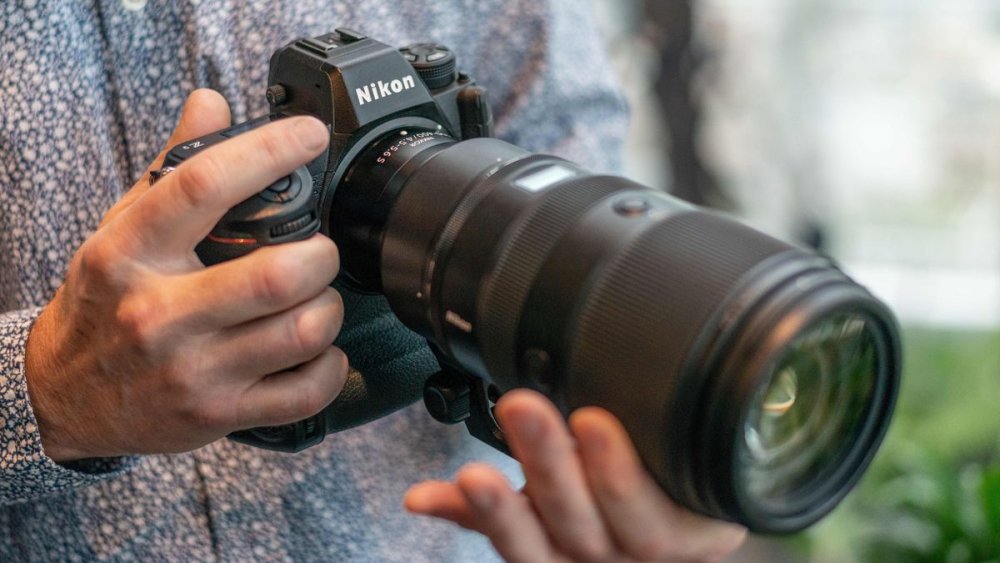
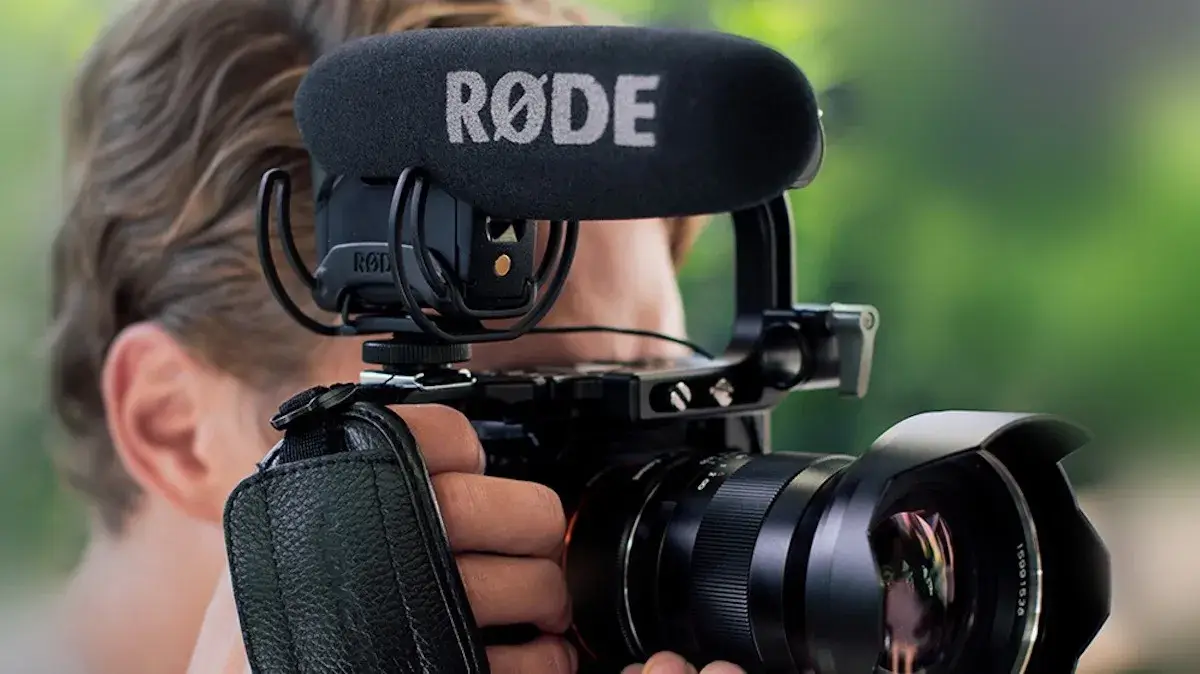
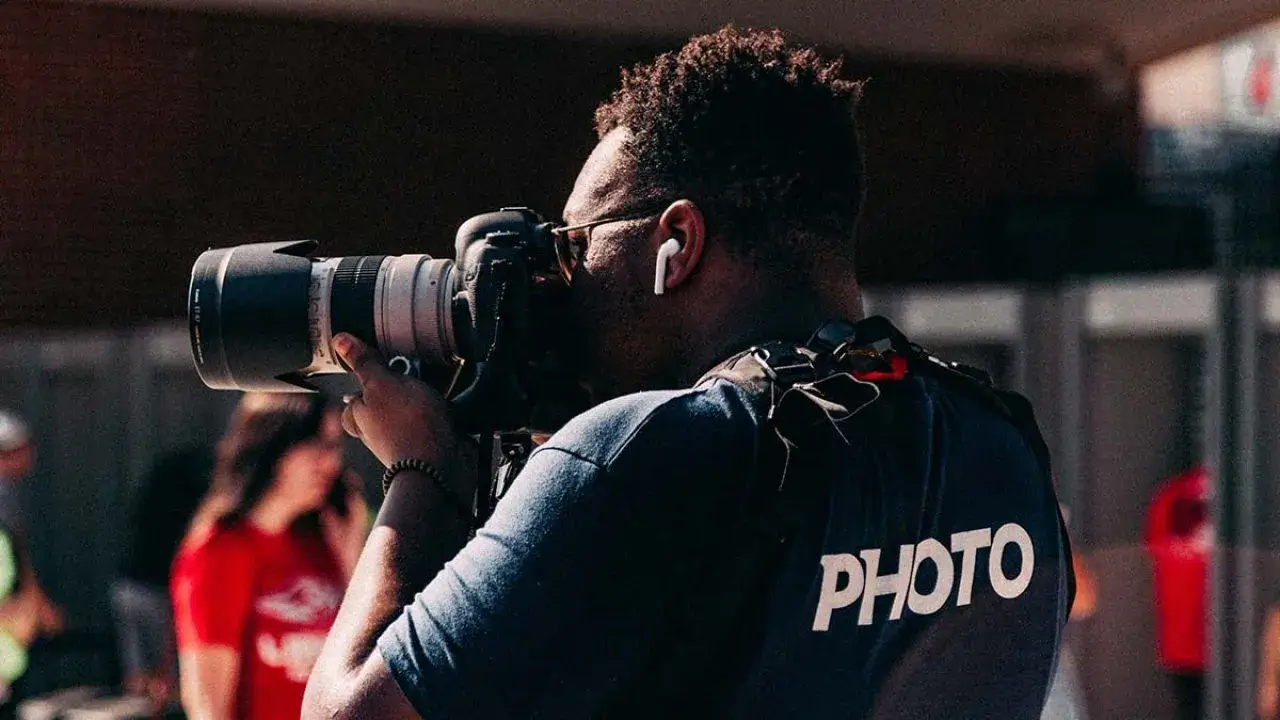
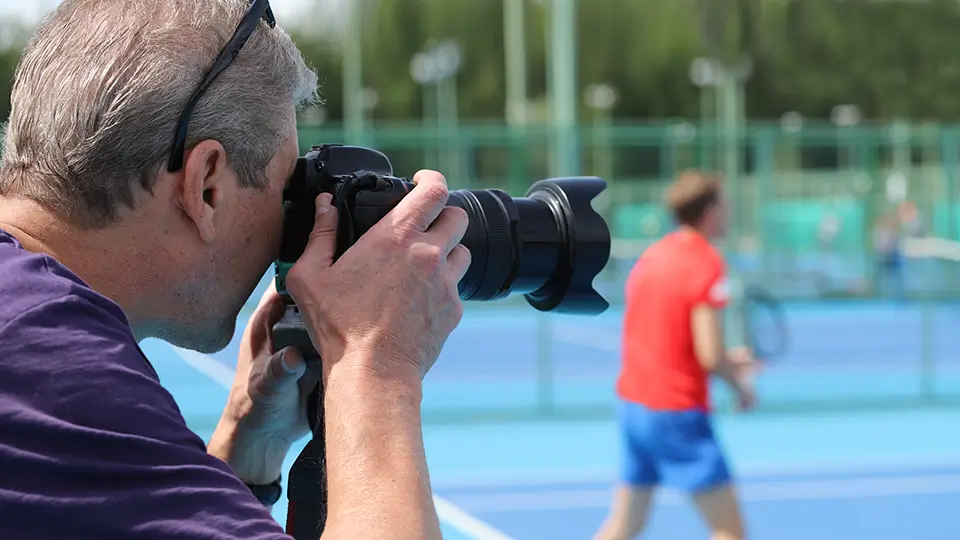
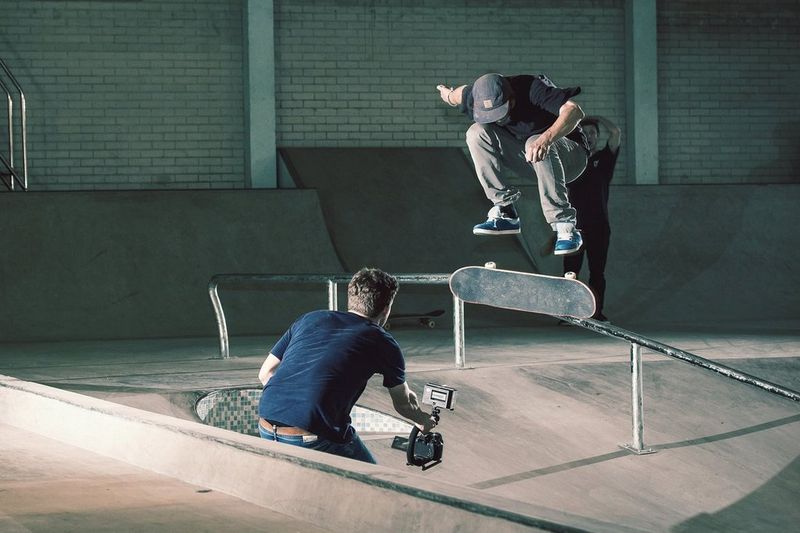
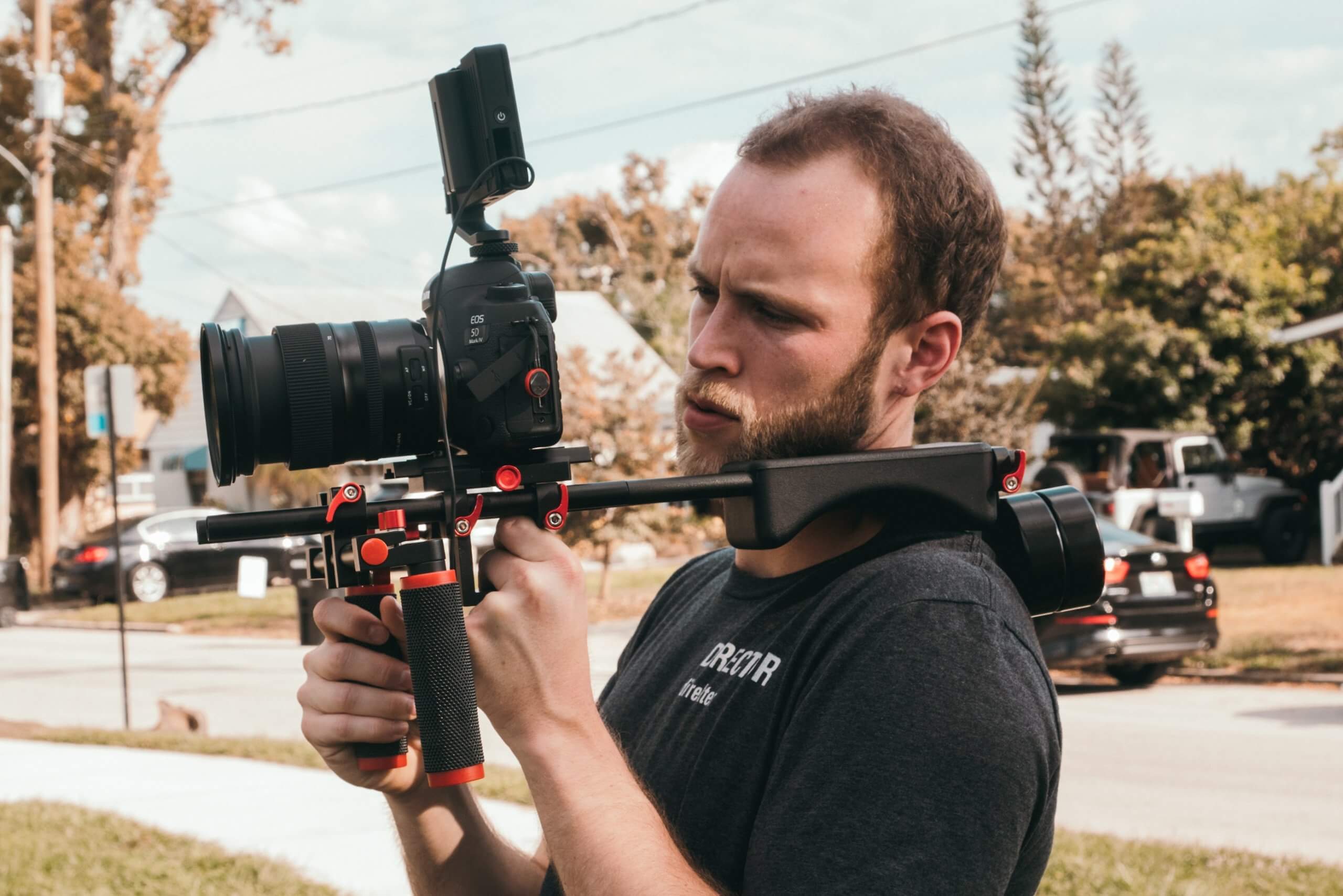
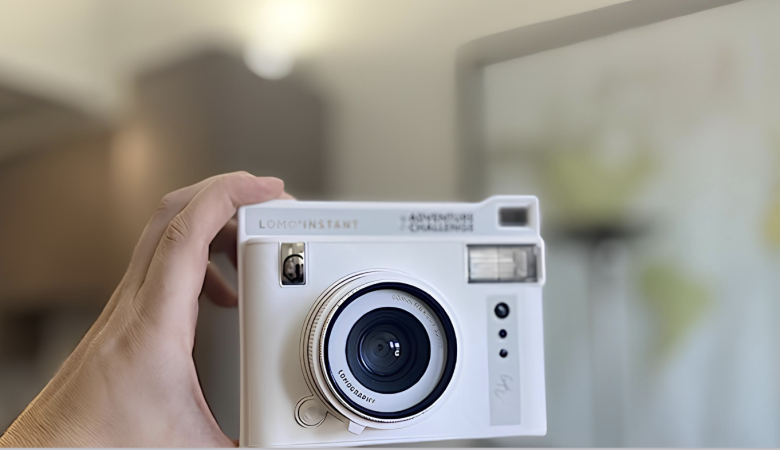
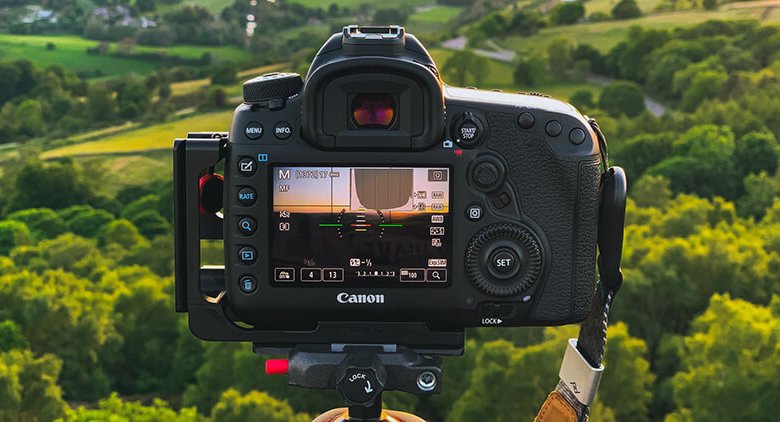

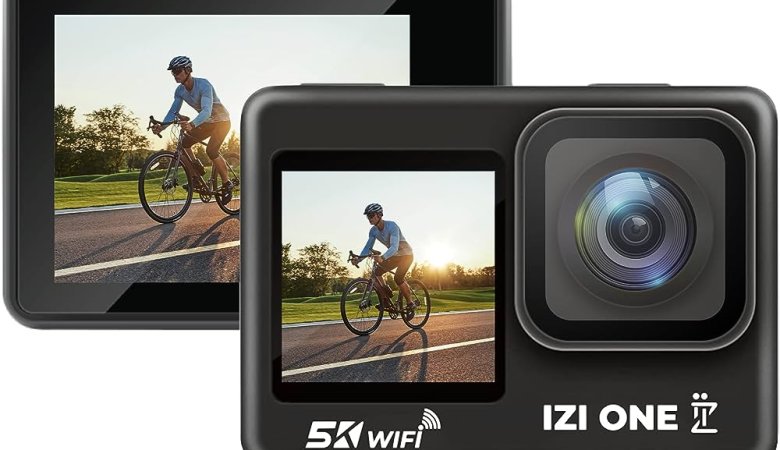
Leave a Reply